5.1. Jitterbug. Another transformation that can be used to create a serie of polyhedra is Buckminster Fuller’s Jitterbug transformation [4]. Starting with the octahedron the Jitterbug transformation brings us to the situation of Figure 14c in which the shape of the holes is exactly a square. At this point we can fill in those holes with square faces to get the cuboctahedron. An on this polyhedron we can again apply the Jitterbug transformation.
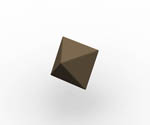
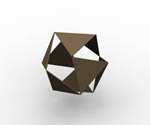
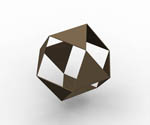
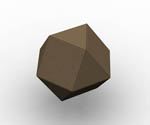
Figure 13a: Octahedron
Figure 13b: Opening
Figure 13c: Opening
Figure 13d: Cuboctahedron
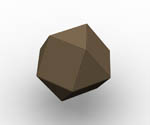
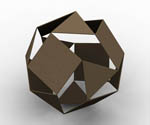
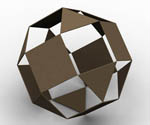
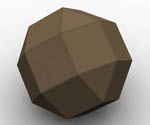
Figure 14a: Cuboctahedron
Figure 14b: Opening
Figure 14c: Opening
Figure 14d: Rhombicuboctahedron
6.1. Rhombicuboctahedron. Because the rhombicuboctahedran is two-colourable it can be split up into two groups of faces. This leads to an interesting construction.
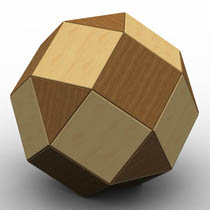
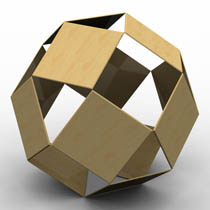
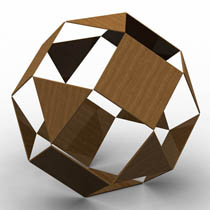
Figure 15: Splitting up the Rhombicuboctahedron
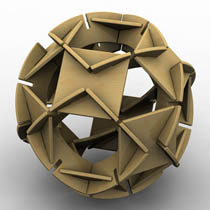
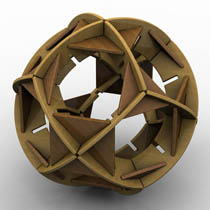
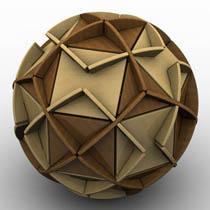
Figure 16a: First part
Figure 16b: Second part
Figure 16c: Complete Polyhedron